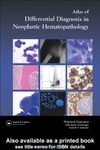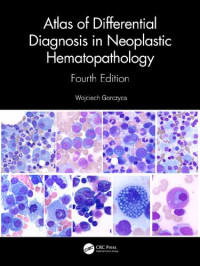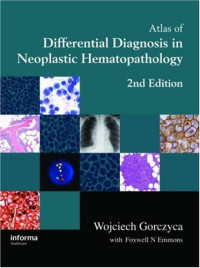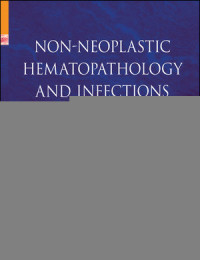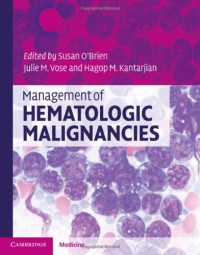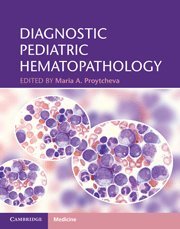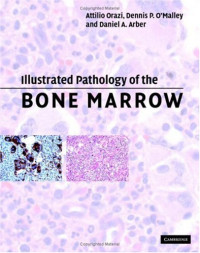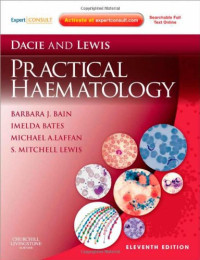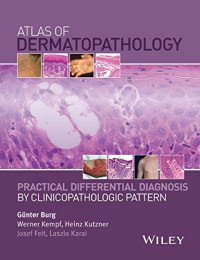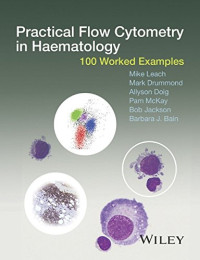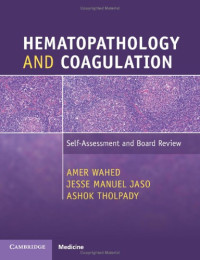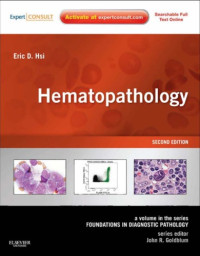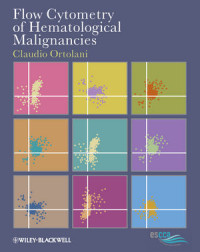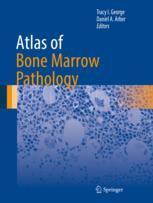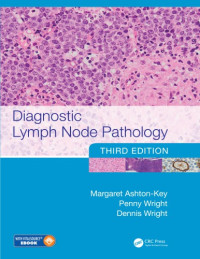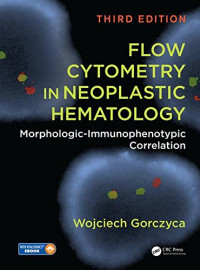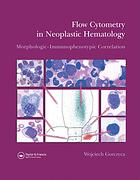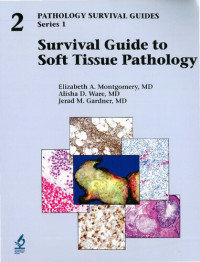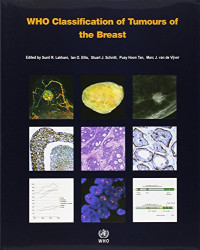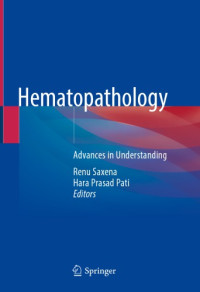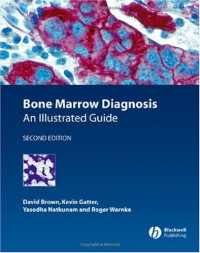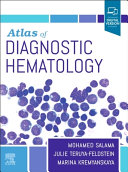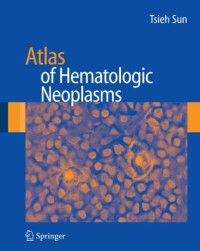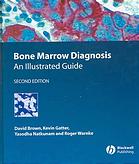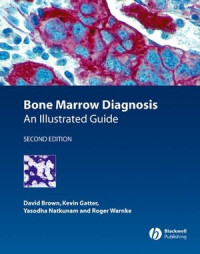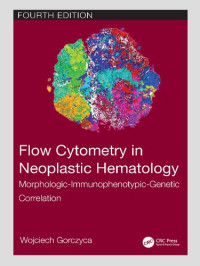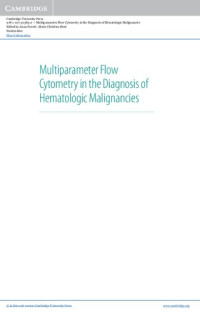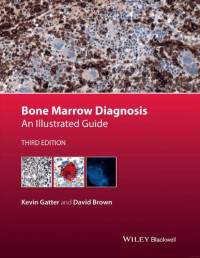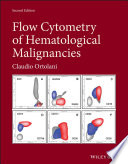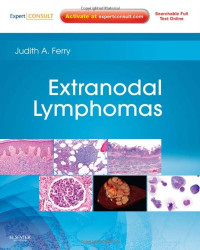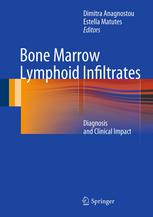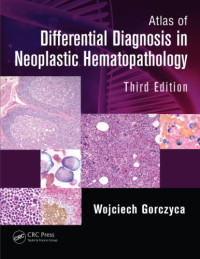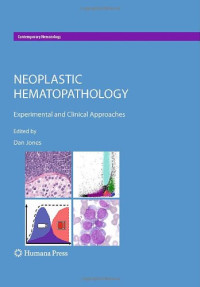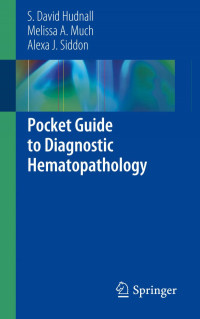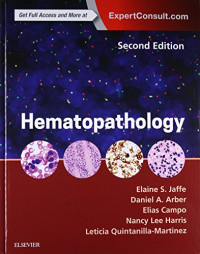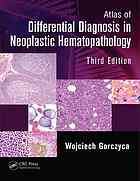
Atlas of differential diagnosis in neoplastic hematopathology
Gorczyca, Wojciech
"Preface. The field of neoplastic hematology is changing rapidly and the management of patients relies more than ever on morphologic, immunophenotypic, karyotypic, and genetic characteristics We are witnessing the emergence of truly individualized approaches to treatment; therefore, morphologic and even extensive immunophenotypic analyses of tumors are not sufficient anymore, as diagnosis, prognosis, and treatment strategies depend heavily on the molecular makeup of tumors Acute myeloid leukemias (AMLs) are now classified based on specific chromosomal changes and mutational status of an expanding list of genes The prognosis of patients with AML cannot be established by a single methodology such as metaphase cytogenetics or even evaluation of the mutation of one gene [e.g., concomitant KIT mutations occurring in the context of core-binding factor-positive AML confer a negative prognosis and NPM1+ AML has a good prognosis only if associated with wild-type fms-related tyrosine kinase 3 gene (FLT3)] The list of mature B- and T-cell lymphoproliferations, both nodal and extranodal, continues to expand and includes (among others) "gray zone" lymphomas (double-hit lymphomas), T-cell lymphomas with a follicular T-helper phenotype, and numerous morphologic and immunophenotypic variants of diffuse large B-cell lymphoma Myeloproliferative neoplasms are classified based on the status of JAK2, BCR-ABL1, KIT, and PDGFRA, with morphologic analysis of the bone marrow still playing a crucial role Flow cytometric analysis with 6-, 8-, or even 10-color methodologies helps in the diagnosis and subclassification of acute leukemias as well as B- and T-cell lymphomas, but is also expanding its role in patients with myelodysplastic syndrome (MDS) or myeloproliferative neoplasms"--Provided by publisher.
Abstract: "Preface. The field of neoplastic hematology is changing rapidly and the management of patients relies more than ever on morphologic, immunophenotypic, karyotypic, and genetic characteristics We are witnessing the emergence of truly individualized approaches to treatment; therefore, morphologic and even extensive immunophenotypic analyses of tumors are not sufficient anymore, as diagnosis, prognosis, and treatment strategies depend heavily on the molecular makeup of tumors Acute myeloid leukemias (AMLs) are now classified based on specific chromosomal changes and mutational status of an expanding list of genes The prognosis of patients with AML cannot be established by a single methodology such as metaphase cytogenetics or even evaluation of the mutation of one gene [e.g., concomitant KIT mutations occurring in the context of core-binding factor-positive AML confer a negative prognosis and NPM1+ AML has a good prognosis only if associated with wild-type fms-related tyrosine kinase 3 gene (FLT3)] The list of mature B- and T-cell lymphoproliferations, both nodal and extranodal, continues to expand and includes (among others) "gray zone" lymphomas (double-hit lymphomas), T-cell lymphomas with a follicular T-helper phenotype, and numerous morphologic and immunophenotypic variants of diffuse large B-cell lymphoma Myeloproliferative neoplasms are classified based on the status of JAK2, BCR-ABL1, KIT, and PDGFRA, with morphologic analysis of the bone marrow still playing a crucial role Flow cytometric analysis with 6-, 8-, or even 10-color methodologies helps in the diagnosis and subclassification of acute leukemias as well as B- and T-cell lymphomas, but is also expanding its role in patients with myelodysplastic syndrome (MDS) or myeloproliferative neoplasms"--Provided by publisher
Abstract: "Preface. The field of neoplastic hematology is changing rapidly and the management of patients relies more than ever on morphologic, immunophenotypic, karyotypic, and genetic characteristics We are witnessing the emergence of truly individualized approaches to treatment; therefore, morphologic and even extensive immunophenotypic analyses of tumors are not sufficient anymore, as diagnosis, prognosis, and treatment strategies depend heavily on the molecular makeup of tumors Acute myeloid leukemias (AMLs) are now classified based on specific chromosomal changes and mutational status of an expanding list of genes The prognosis of patients with AML cannot be established by a single methodology such as metaphase cytogenetics or even evaluation of the mutation of one gene [e.g., concomitant KIT mutations occurring in the context of core-binding factor-positive AML confer a negative prognosis and NPM1+ AML has a good prognosis only if associated with wild-type fms-related tyrosine kinase 3 gene (FLT3)] The list of mature B- and T-cell lymphoproliferations, both nodal and extranodal, continues to expand and includes (among others) "gray zone" lymphomas (double-hit lymphomas), T-cell lymphomas with a follicular T-helper phenotype, and numerous morphologic and immunophenotypic variants of diffuse large B-cell lymphoma Myeloproliferative neoplasms are classified based on the status of JAK2, BCR-ABL1, KIT, and PDGFRA, with morphologic analysis of the bone marrow still playing a crucial role Flow cytometric analysis with 6-, 8-, or even 10-color methodologies helps in the diagnosis and subclassification of acute leukemias as well as B- and T-cell lymphomas, but is also expanding its role in patients with myelodysplastic syndrome (MDS) or myeloproliferative neoplasms"--Provided by publisher
년:
2014
판:
Third edition
출판사:
CRC Press
언어:
english
페이지:
908
ISBN 10:
1482212250
ISBN 13:
9781482212259
파일:
PDF, 489.81 MB
IPFS:
,
english, 2014
 Amazon
Amazon  Barnes & Noble
Barnes & Noble  Bookshop.org
Bookshop.org  파일을 변환하실 수 있습니다
파일을 변환하실 수 있습니다  더 많은 검색 결과
더 많은 검색 결과 기타 혜택
기타 혜택 